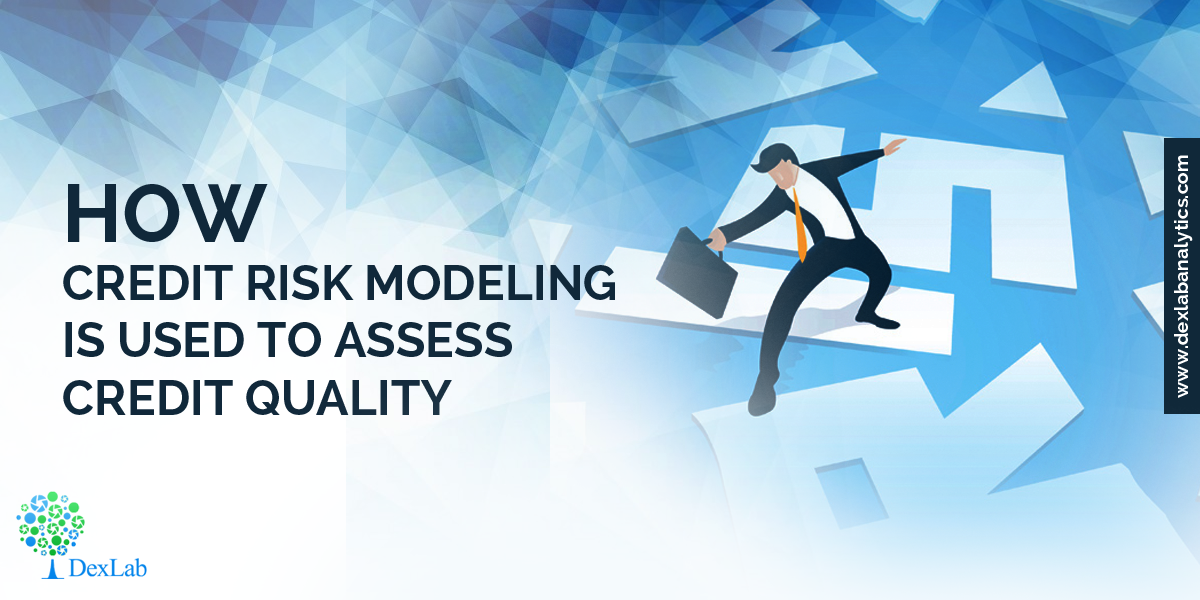Given the uproar on cyber crimes today, the issue of credit risk modeling is inevitable. Over the last few years, a wide number of globally recognized banks have initiated sophisticated systems to fabricate credit risk arising out of significant corporate details and disclosures. These adroit models are created with a sole intention to aid banks in determining, gauging, amassing and managing risk across encompassing business and product lines.
The more an institute’s portfolio expands better evaluation of individual credits is to be expected. Effective risk identification becomes the key factor to determine company growth. As a result, credit risk modeling backed by statistically-driven models and databases to support large volumes of data needs tends to be the need of the hour. It is defined as the analytical prudence that banks exhibit in order to assess the risk aspect of borrowers. The risk in question is dynamic, due to which the models need to assess the ability of a potential borrower if he can repay the loan along with taking a look at non-financial considerations, like environmental conditions, personality traits, management capabilities and more.
Take up credit risk management courses from DexLab Analytics. They are remarkable and filled with theoretical and practical aspects of credit risk.
In this blog, we’ve whittled down few considerations without which development of credit risk model would be impossible. Take a look below:
Credit Risk
The factors responsible for credit risk vary across financial institutions subject to the size of portfolio, borrower position, location, concentration, types of loan and so on. Said differently, each of the following factors influence the credit risk model and they goes down below:
- Determining credit quality
- Assessing risk factors
- Taking into account if a borrower turns out to be a defaulter
- Combining different types of loans with businesses
Global Cash Flow Analysis
Income statement coupled with the balance sheet radiates out a complete picture of any company. An introspective review of this analysis will help the analysts drag out meaningful information about the financial position of the company, and it will aid both the guarantor and business. Note, personal assets are mostly pledged against the debt, and by carefully scrutinizing the global cash flow, it will be easier to fathom the company position.
Annual Reviews
Done deciding whether to give the loan to the borrower? With that, do you think the role credit risk ends? The answer is no. The risk profile of borrowers can change anytime, hence to keep a check on the risks within the portfolio, inclusion of annual reviews of loans is encourage widely.
Trend Analysis
A company doesn’t remain idle for a very long time. But of course, whether the loan is to be sanctioned for the company or not depends solely on cash flow analysis. It doesn’t include trend analysis that highlights the present status of company’s financial scenario, if it’s improving, balanced or declining. Although of crucial importance, cash flow cannot be the sole determinant factor to check credit quality. Credit analysis is a way too intricate a concept to rely only on a single factor. Therefore, it is better to look up to trend analysis too. An analysis based on the trend data will show you whether the business is showing signs of growth or deterioration.
To learn more about credit risk modeling take up a course at DexLab Analytics. Their credit risk analysis course Gurgaon is one of its kind, and boasts of all good things in a power-packed course.
Interested in a career in Data Analyst?
To learn more about Machine Learning Using Python and Spark – click here.
To learn more about Data Analyst with Advanced excel course – click here.
To learn more about Data Analyst with SAS Course – click here.
To learn more about Data Analyst with R Course – click here.
To learn more about Big Data Course – click here.


